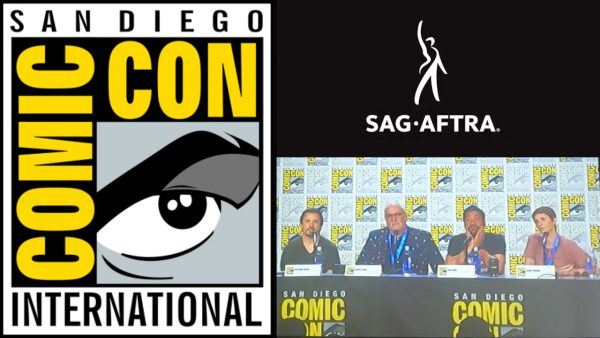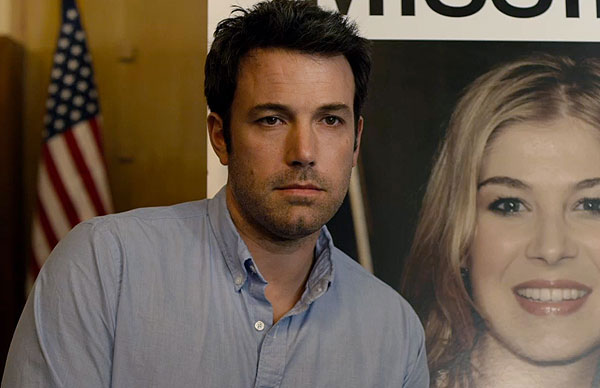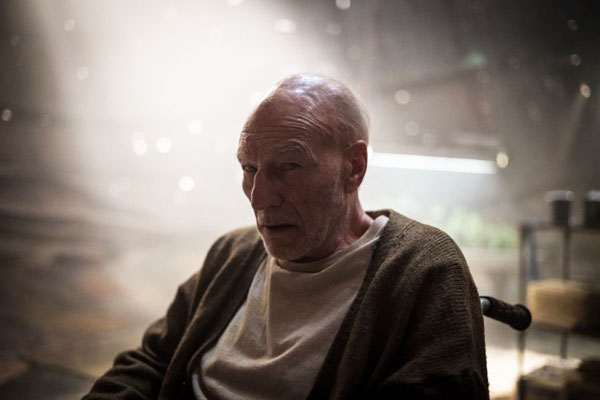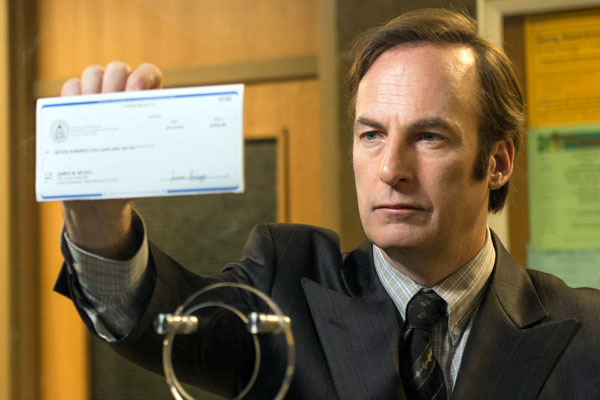
At Comic-Con, SAG-AFTRA presented “Video Game Actors Unmasked”, a fun and informative panel featuring some of the top talent behind today’s most iconic video game characters like voice and performance capture artists Sarah Elmaleh (Helldivers 2, Hi-Fi Rush), Zeke Alton (Call of Duty, The Callisto Protocol), Seth Allyn Austin (Spider-Man, Star Wars Jedi: Fallen Order), and Keythe Farley (Mass Effect II, Fallout 4).
Together, they shared stories of how they broke into the industry and their unique training backgrounds.
From Test Pilots to Martial Arts: How They Got Into the Industry
For Alton, video game acting was the goal from the very beginning, he just took the long road to get there. “I was making a living in the Navy. I was a test pilot for 20 years,” he said. “Somewhere in there, I realized that my passion for acting that I had as a child had never gone away.”
When his son said to him, “Dad, you always tell me to follow your dreams. What the hell are you doing?,” Alton threw himself into community theater, put together a five-year plan (and then promptly realized plans don’t always work), and slowly found his way into game acting. “It’s never too late,” he told the audience. “Use the skills you’ve built up to find your place within this industry.”
Austin, on the other hand, quite literally flipped his way into the business. A trained martial artist, he came to California to pursue acting but considered stunt work to pay the bills. A mentor introduced him to Insomniac’s Spider-Man, where his ability to do flips and acrobatics translated naturally into performance capture. “When I saw what performance capture for video games was, adults in spandex acting like children and having the time of their lives, I went, Oh, I need more of this.”
Elmaleh had a less direct path. “I grew up playing games,” she said. After dabbling in commercials, theater in New York, she discovered game acting and found it liberating. “Not being judged by how I look was really freeing,” she said. “Since then, I’ve been cast for things I would never get cast for on camera.”
Why Acting for Games Is a Craft of Its Own
Performance capture is not just voice acting, it’s a physically and emotionally demanding discipline that blends stage acting with virtual storytelling. When asked what kind of training voice actors should pursue, Austin had one answer: theater.
“You are in there and they’re like, this is a pear. And you better believe this is a pear. Is it ripe? Is it bruised? That’s what you have to bring to it.”
Unlike traditional film or TV acting, video game performers must consider that the player is the camera and that means every movement matters. “With on-camera, we train how to be still,” he said. “But if you’re too still in games, the game looks broken. You just have to do a little bit more. Just enough to make it feel real.”
He also emphasized the importance of technique: “I’ve trained in the Stella Adler technique for 15 years. That’s the one I prefer, and I use it more than anything else.”
Alton reminded the audience that what makes an actor stand out isn’t mimicry, it’s authenticity. “If you’re an actor or aspiring actor, what is it about you that’s special? Everybody is unique in their own way. That’s your nugget.”




